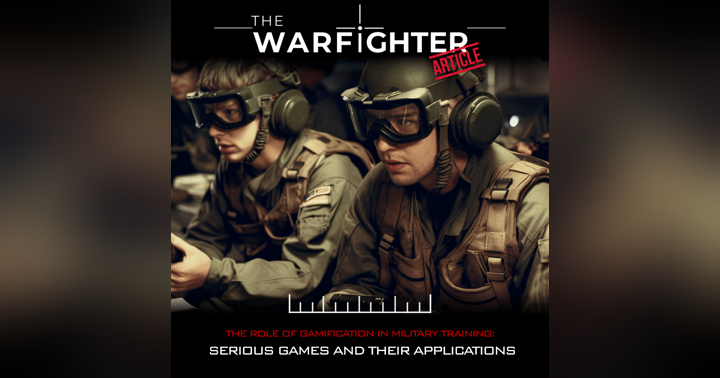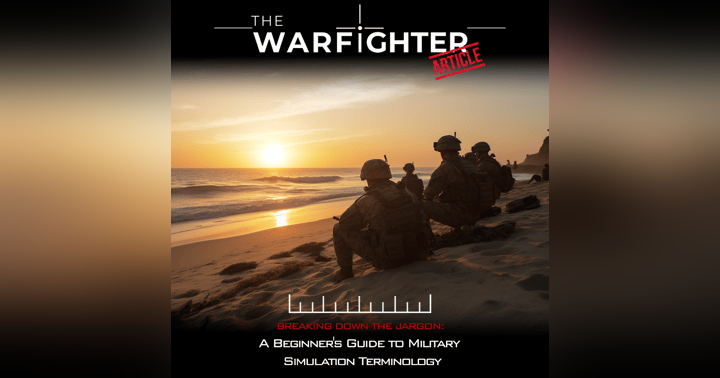The Exciting Frontier: What is the Future of Gamification in Military Training?

Introduction
What is the future of Gamification in Military Training? As technology evolves, so too does the way we prepare our armed forces for the challenges they'll face. Gamification, a term coined in the early 21st century, has gained significant traction in various industries, and the military is no exception. By incorporating game elements into non-game contexts, gamification provides a powerful tool to engage and motivate soldiers, making training more effective and enjoyable. So let's get down to brass tacks and explore how gamification might shape the future of military training.
The Evolution of Gamification in Military Training
- Historical context
- Current applications
- What's on the horizon?
Historical context
In a nutshell, gamification has been around for ages, albeit under different guises. Military forces have used games and simulations for centuries to help soldiers develop critical skills and strategies. From war games using maps and miniature figures to the more recent digital simulations, the military has always been keen on embracing novel training techniques.
Current applications
Fast forward to today, and gamification has taken military training by storm. Here are some prime examples of gamification in action:
- Virtual reality (VR) and augmented reality (AR) simulations: These immersive environments enable soldiers to hone their skills in realistic scenarios, without the risk and cost associated with traditional training methods.
- Mobile apps and e-learning platforms: Military personnel can access interactive training modules and quizzes, designed to reinforce key concepts and promote engagement.
- Leaderboards and achievement systems: These features foster healthy competition and motivate soldiers to excel in their training.
What's on the horizon?
The future of gamification in military training looks bright, with a myriad of possibilities to explore. In the next section, we'll delve into what might be in store for our men and women in uniform.
The Future: Emerging Trends and Potential Applications
As we gaze into the crystal ball, here are some emerging trends and potential applications that could shape the future of gamification in military training:
- Artificial intelligence (AI) and machine learning
- Personalized learning experiences
- Collaboration and team-building exercises
- Wearable technology
Artificial intelligence (AI) and machine learning
AI-powered systems can analyze a vast amount of data to provide tailored feedback and adapt training scenarios in real-time. This could lead to more efficient and targeted training programs, helping soldiers reach their full potential.
Personalized learning experiences
By leveraging big data and AI, military training programs could become more personalized, addressing the unique needs and abilities of each soldier. Customized training modules could be developed, ensuring that everyone gets the right training at the right time.
Collaboration and team-building exercises
Gamification can foster collaboration and teamwork among military personnel. Multiplayer simulations and team-based challenges can help develop crucial skills like communication, leadership, and problem-solving, all in a fun and engaging manner.
Wearable technology
Wearable devices, such as smartwatches and fitness trackers, could be integrated into gamified training programs. These gadgets could track soldiers' performance metrics and provide real-time feedback, enhancing the overall training experience.
Frequently Asked Questions (FAQs)
-
What is gamification in military training? Gamification refers to the incorporation of game elements, such as points, badges, and leaderboards, into non-game contexts like military training programs. The goal is to engage and motivate soldiers, making training more enjoyable and effective.
-
Why is gamification important for military training? Gamification is important for military training because it can increase motivation, engagement, and retention of critical skills. By incorporating game elements, training programs become more enjoyable, leading to higher participation and performance levels among soldiers.
-
How does gamification enhance traditional military training methods? Gamification complements traditional military training methods by providing immersive, interactive, and personalized experiences. Virtual and augmented reality simulations, for instance, allow soldiers to practice in realistic scenarios without the risks and costs associated with real-life training exercises.
-
Are there any drawbacks to gamification in military training? While gamification offers numerous benefits, there can be potential drawbacks. Overemphasis on game elements may lead to a focus on scores and rewards rather than skill development. Additionally, gamified systems may require substantial investments in technology and infrastructure.
Final Thoughts:
So, what is the future of gamification in military training? It's clear that gamification has the potential to revolutionize the way we train our armed forces. By leveraging cutting-edge technologies and harnessing the power of AI, personalized learning, and collaboration, gamified training programs can prepare soldiers for the challenges they'll face on the battlefield, all while fostering a sense of camaraderie and fun. The possibilities are vast, and as long as the military continues to adapt and innovate, the future of gamification in military training looks very promising indeed.









